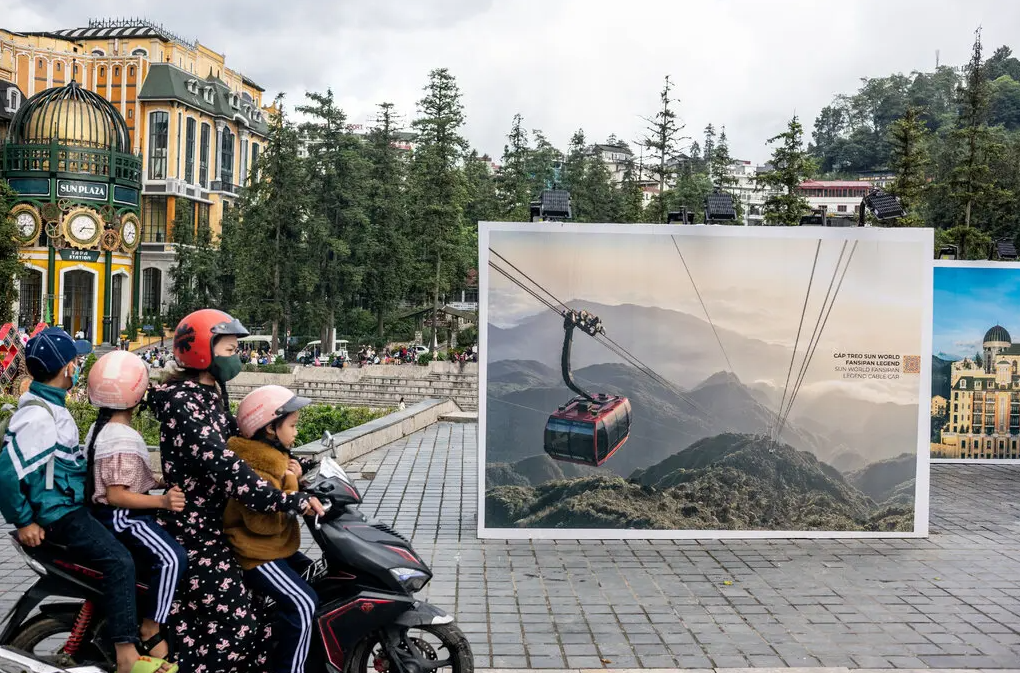
Vietnam is in the midst of a cable car boom, thanks in part to careful investment in the tourism sector in recent years.
"We were sitting in a cable car box, part of the world's longest passenger cable car system, quietly running along a stretch of nearly five miles, and hovering some 50 stories above the turquoise sea just off the coast of Phu Quoc Island in southern Vietnam. On a bright March afternoon, hundreds of colorful wooden fishing boats on the crystal-clear water drifted below as we rode the cable car back to Hon Thom Island" - Patrick Scott describes his journey on the Hon Thom cable car in Phu Quoc and considers the giant tourist complex Sun World Hon Thom and Sunset Town one of Vietnam's most incredible man-made attractions.
On the way back, as the 20-minute trip drew to a close, the Phu Quoc terminal and the newly built town around it came into view. The terminal resembled a full-scale prefabricated section of the Colosseum, and the town was an elaborate replica of an Italian seaside city, complete with a giant bell tower, baroque fountains in the piazza, and reconstructed Roman ruins. Spread all around were hundreds of pastel-colored terraced buildings lining streets named Venice, Amalfi, Positano, and Sorrento.
"It looked like Disneyland or maybe 'The Truman Show,'" said Tomek Tabaka, 44, one of four Polish friends traveling together.
From the Hon Thom cable car, the author of the article commented that tourists choosing to travel by cable car is currently a trend in Vietnam, a country in the middle of the cable car development period. Vietnam is home to the four longest cable car lines in the world, all built in the past decade, showing the spectacular transformation of the Vietnamese economy and tourism industry.
Most of the growth in the global cable car industry is in the tourism and urban transportation markets, said Steven Dale, founder of the Gondola Project, a website that tracks the cable car industry. In Asia, one of the most successful cable car development countries is Vietnam.
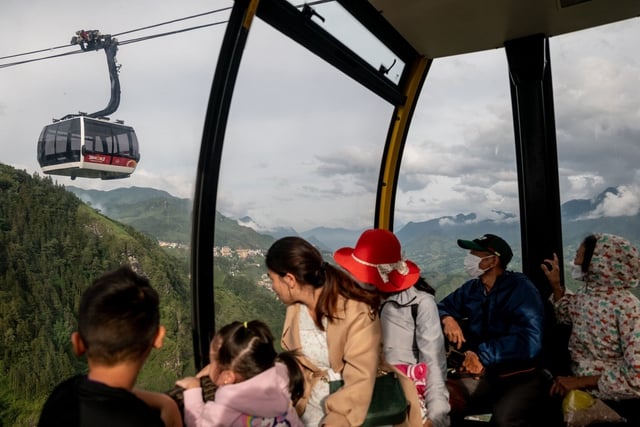
Tourists take Sun World's Fanxipan Legend cable car down the mountain overlooking Muong Hoa valley
According to cable car manufacturers, some 26 cable car lines have been built at dozens of locations across Vietnam in the past two decades. That compares with hundreds of ski lifts built in Europe over the same period. But Vietnam is notable for its rapid development of tourist facilities. Most of Vietnam’s cable car systems were built by Austria’s Doppelmayr Group – one of the two dominant groups in the industry – in partnership with Vietnam’s Sun Group, one of the country’s largest tourism and real estate developers.
Sun Group has made a splash in the tourism industry at Ba Na Hills in Da Nang, starting with a 3.6-mile cable car to the top of Ba Na. The company has also added several cable cars to Ba Na Hills, including the world’s longest single-wire cable car last year. Over time, it has transformed the site from a French hill station into Sun World Ba Na Hills, a world-famous European-style theme park.
Sun Group leaders emphasized breaking cable car records through each project, as a way to demonstrate the patriotic mission to create world-famous tourist works in Vietnam. Six Sun World attractions with cable cars have recorded 9 Guinness World Records, including: the longest three-wire cable car in Phu Quoc; the largest cable car cabin on the Ha Long tram line; the highest cable car tower along the route to Cat Ba Island; and the longest vertical climb to the top of Fansipan Mountain - the highest mountain in Vietnam.
Patrick Scott said that cable car systems can be seen as great technical features that provide easy access to remote locations, considered the pinnacle of leisure and low carbon transport. This greatly supports local tourism development.
In Sa Pa town, for example, according to local authorities, Sa Pa only welcomed 65,000 tourists in 2010 before the highway from Hanoi was built in 2014 and the cable car was inaugurated in 2016. By 2019, the number of visitors had increased to 3.3 million and reached 2.5 million last year - after the Covid-19 pandemic.
Cable car expert Steven Dale commented that Vietnam's terrain with many mountains, forests and islands is very suitable for deploying a cable car system, creating favorable conditions for construction to be faster, cheaper and cause less environmental damage than roads.
Cable cars are making sense for a developing country like Vietnam, where the middle class is growing rapidly and can afford to buy a round-trip cable car ticket for $25 to $45 to experience domestic tourism.
Source link




![[Photo] Prime Minister Pham Minh Chinh launched a peak emulation campaign to achieve achievements in celebration of the 14th National Party Congress](https://vphoto.vietnam.vn/thumb/1200x675/vietnam/resource/IMAGE/2025/10/5/8869ec5cdbc740f58fbf2ae73f065076)


![[Photo] Prime Minister Pham Minh Chinh chairs the Government's online conference with localities](https://vphoto.vietnam.vn/thumb/1200x675/vietnam/resource/IMAGE/2025/10/5/264793cfb4404c63a701d235ff43e1bd)
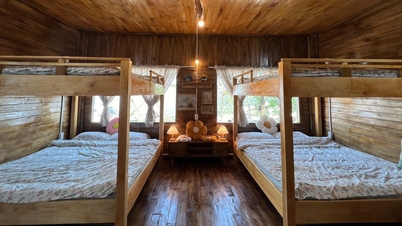



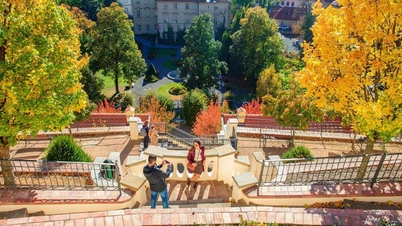





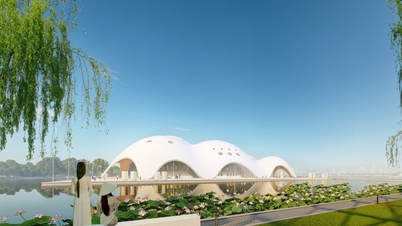
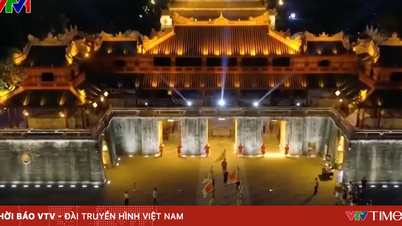


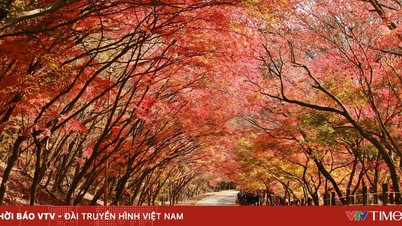





































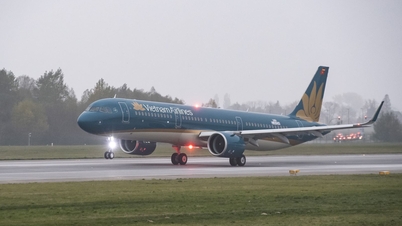



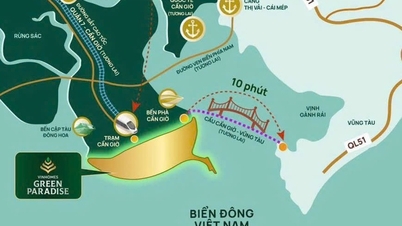
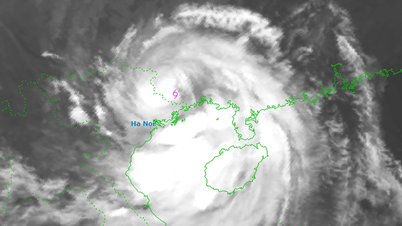

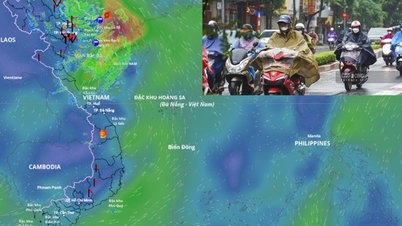






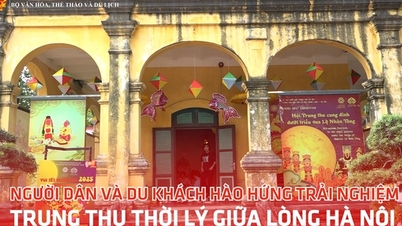




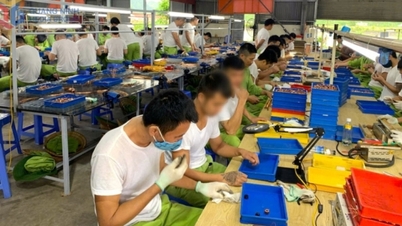



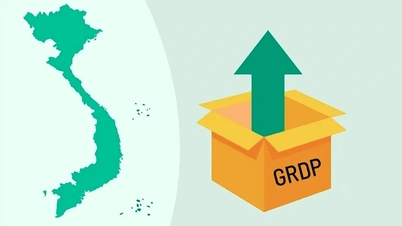

















Comment (0)